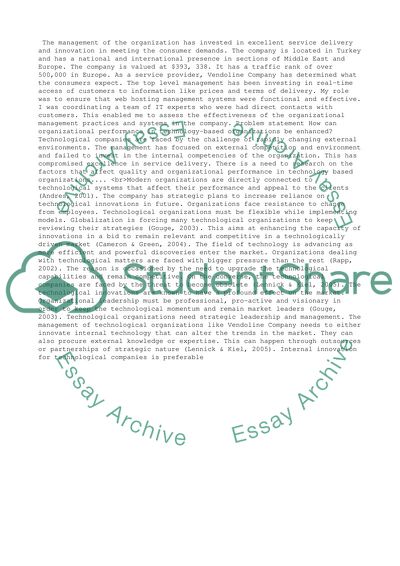Cite this document
(“Vendoline Company Case Study Example | Topics and Well Written Essays - 2750 words”, n.d.)
Vendoline Company Case Study Example | Topics and Well Written Essays - 2750 words. Retrieved from https://studentshare.org/management/1403967-vendoline-company-creating-high-performance
Vendoline Company Case Study Example | Topics and Well Written Essays - 2750 words. Retrieved from https://studentshare.org/management/1403967-vendoline-company-creating-high-performance
(Vendoline Company Case Study Example | Topics and Well Written Essays - 2750 Words)
Vendoline Company Case Study Example | Topics and Well Written Essays - 2750 Words. https://studentshare.org/management/1403967-vendoline-company-creating-high-performance.
Vendoline Company Case Study Example | Topics and Well Written Essays - 2750 Words. https://studentshare.org/management/1403967-vendoline-company-creating-high-performance.
“Vendoline Company Case Study Example | Topics and Well Written Essays - 2750 Words”, n.d. https://studentshare.org/management/1403967-vendoline-company-creating-high-performance.


